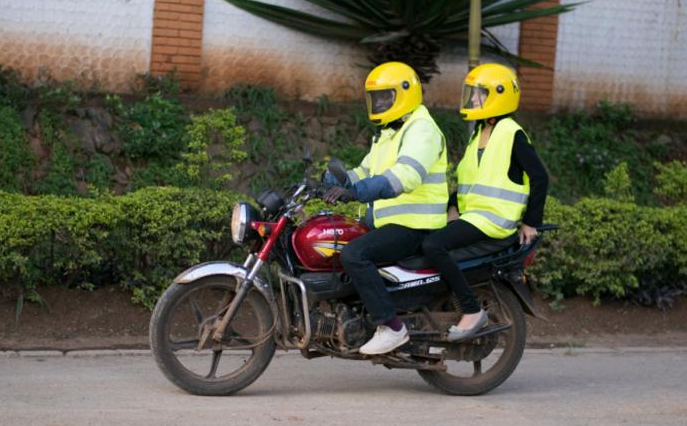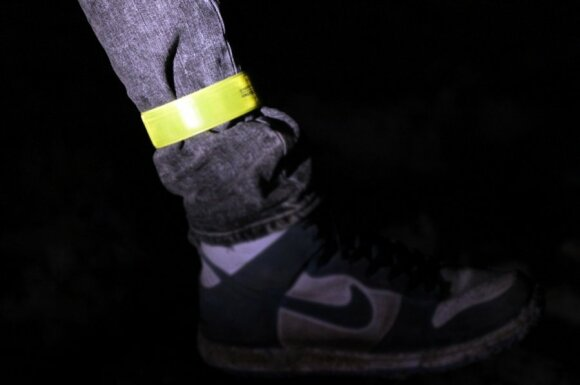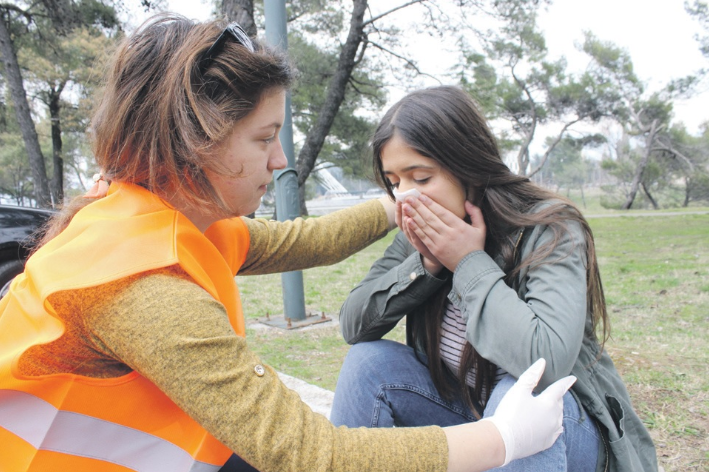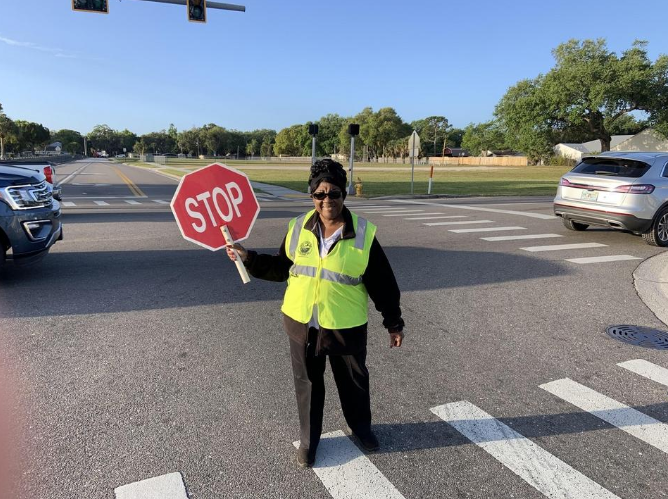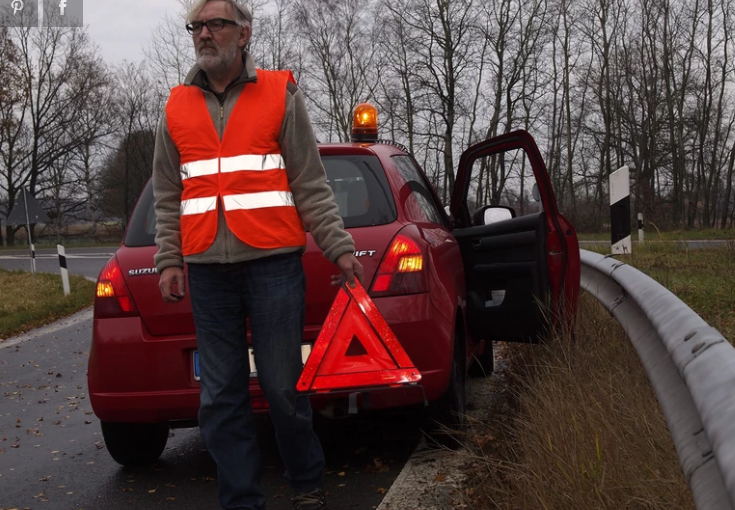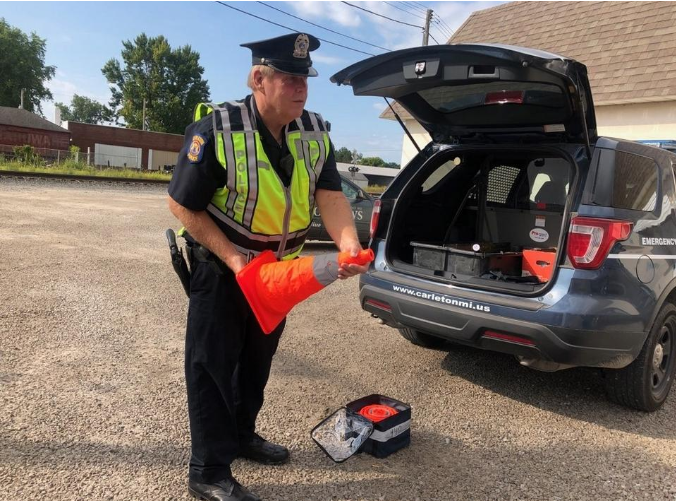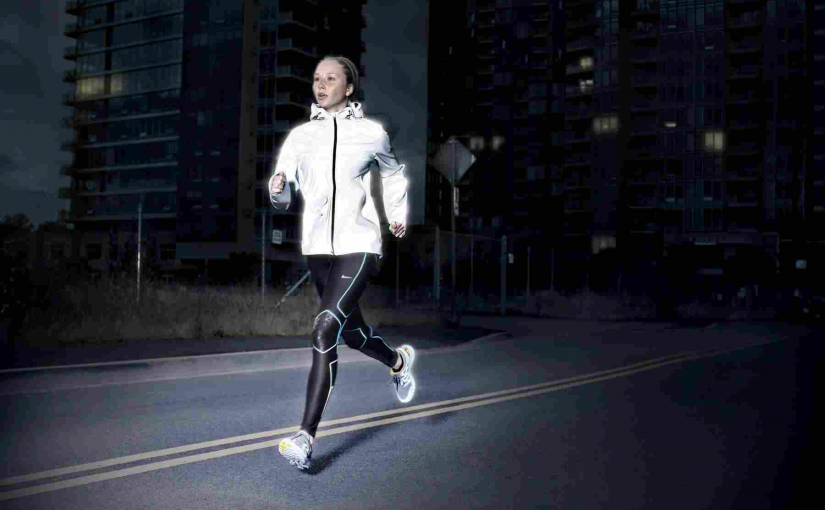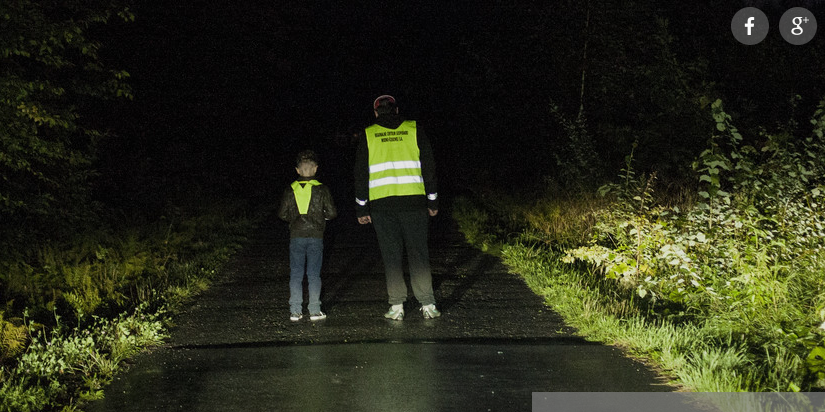A first-aid box is part of the must-have equipment in a car, but how many of us know what’s in there and how to use that material?
According to the latest packing ordinance, there should be 16 items of medical supplies that are sufficient to provide first aid to all those in need, says the Red Cross of Montenegro.
“In the first-aid package, you will find sterile gauze, bandages of various sizes, triangular scarves, leucoplasts … All the necessary materials that you need to provide first aid,” says Igor Jokanovic, first aid coordinator at CKCG.
However, to use this material, you need to know some basics, so this is a mandatory part of the driving test. However, very little attention is paid to this matter, we learn from high school representatives, and it mostly comes down to a set of well-established theory questions.
So here we explain the most important rules. First and foremost, when assisting the injured, you must not endanger your safety, as it also endangers the safety of other road users.
“First of all, we need to shut down the motor vehicle, secure the vehicle by activating the parking brake, put on a safety vest and put a safety triangle at a safe distance,” Jokanovic explains. “After that, we can do triage, the degree of injury ranking and evaluate what we can do there.”
A very important step to follow is to call the police, the ambulance and, if necessary, the fire department, depending on the situation. All this in Montenegro, but also in Europe, we can do by calling 112.
Then it goes to showing help. One of the most common mistakes is that the injured person is immediately pulled out of the vehicle.
“In a collision, it can injure the cervical spine, and by not examining the injured person and finding out what type of injury we are dealing with, we can cause permanent damage, disability, and even death,” says Jokanovic. If there are injuries to the cervical spine, we will determine by touching the injured person on the legs and arms and asking him if he feels the touch.
“If the injured person is unconscious and unable to answer questions, it is best to wait for immediate medical attention and possibly try to stop the bleeding on the spot.
In the Red Cross, they say that sometimes it is enough to talk to the injured while an ambulance arrives because it is better not to give help than to give it the wrong way.
Sterile gauze should be occasionally renewed
Before you rush to renew your first aid kit in your vehicle, first check its contents, as you may find all the necessary items.
For example, we looked at the contents of the box that came with the Volkswagen Passat, manufactured in 2003, at the factory, and found that it had more than necessary. The only thing that needs to be restored is sterile gauze that loses its sterility after five years. So check the shelf life of the individual components in the package.
Here are some examples of how to deal with a particular type of injury, with the help of CKCG volunteers.
1. The first example is a low-speed traffic accident where an unattached driver hits his / her head on the steering wheel and the passenger tries to assist him (top row photos). After all the above-mentioned security steps, the first visual contact you have found is nosebleeds, which is not too serious and the person is not life-threatening. Then we check for damage to the neck of the spine and only then pull the injured one out of the car. We then pull the gloves out of the PP box and place the person in the proper position. In this case, this is the so-called elbow-knee position. It is recommended to hold sterile gauze on the nose and the person should breathe on their mouth and speak as little as possible.
2. The second case. After completing all the necessary steps to secure the accident site, we found that there was an injury to the arcade with severe bleeding and a fracture of the forearm, which we nonetheless put into the background. If it is a head injury with severe bleeding, it means that the person is at risk of life, so that injury is a priority. We place the person in the so-called shock position that applies in the case of severe bleeding – lying down with arms raised and half-bent legs. To stop bleeding as quickly as possible, direct pressure is applied to the wound with sterile gauze, and fixation of the gauze with a bandage.
For bone fracture treatment, it is recommended that the person move as little as possible. We can put cold linings on the fracture site to reduce the swelling. We can also fix the fracture site after the injured person bends his arm to the threshold of pain. Then there is the connection with the triangle scarf.
Here’s what the first aid kit contains:
1. Self-adhesive elastic band (for fixing sterile gauze that is screwed to the wound)
2 First bandage sterile (bandage wrapped around sterile gauze)
3. Sterile gauze (larger gauze used to buffer major injuries)
4. Burn bandage (bandage used to bandage burns with ribbon)
5. Burn aluplast (metalized side of the aluplast is placed on the burn)
6. Calico bandage (smaller bandage)
7. Isothermal cover (used to cover the injured to protect against heat or cold)
8. Curved scissors (used to cut necessary material)
9. Sterile gauze compress (sterile gauze pieces that are screwed directly to the wound to stop bleeding while protecting against infection)
10. Antiseptic cartridge patch (intended for minor scratches and cuts)
11. Spool on the spool (used to wrap around the injured finger)
12. Triangle scarf (used for immobilization, but also sterile dressing (MVI 3416)
13. Gloves (used to protect the person helping the injured)
14. PVC bag (bag used to pack amputated body parts or evidence)
15. Packaging – box with zipper
16. Instruction manual
